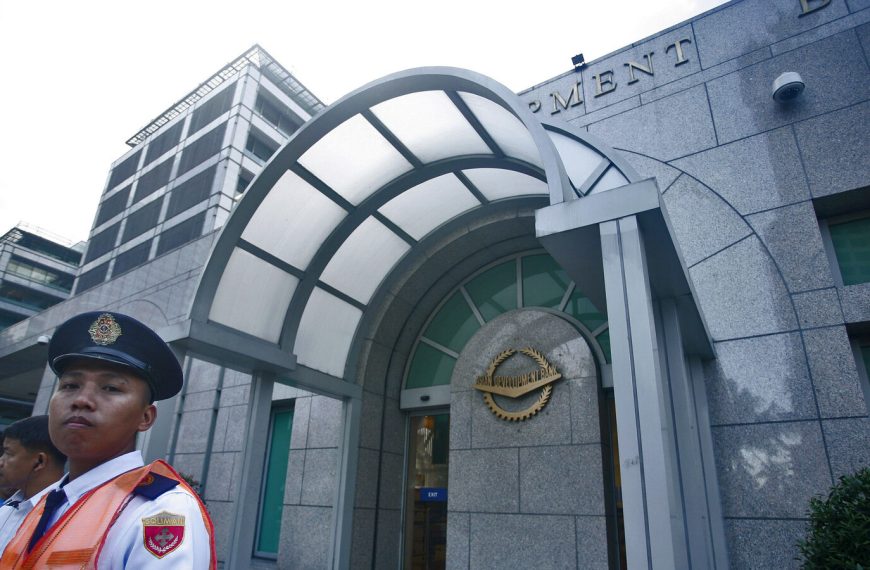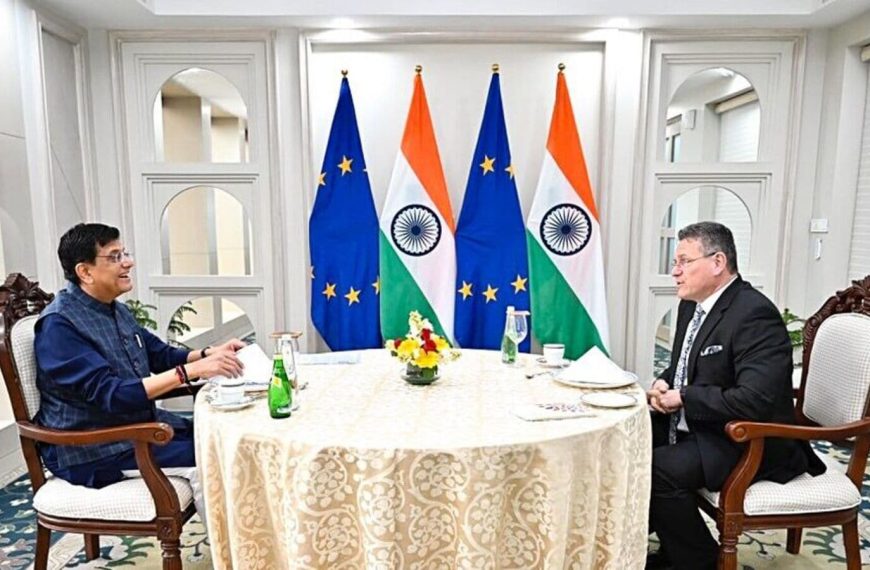In recent weeks, the Indian rupee has faced significant pressure as it drops sharply against the US dollar. Economists predict that this decline may be fleeting, despite growing concerns surrounding inflation, foreign investment, and fiscal stability. The rupee’s struggle is attributed to escalating tensions between India and Pakistan, a strengthening US dollar, and a notable market sell-off. However, experts warn that prolonged conflict could worsen the situation.
Short-Term Impact on the Rupee
Madan Sabnavis, the chief economist at Bank of Baroda, highlighted that the rupee’s performance is closely tied to political instability and the dollar’s incremental gains. “The situation will remain volatile until there’s a semblance of stability,” he noted, emphasizing that the dollar’s strength could change as international tariff agreements are negotiated. Furthermore, while the depreciating rupee might lead to increased import costs, the decline in global commodity prices, particularly oil, could help mitigate this impact.
- Major Factors Influencing the Rupee:
- Political Turmoil: Ongoing India-Pakistan tensions.
- Global Market Dynamics: Strengthening of the US dollar.
- Commodity Prices: Lower oil prices benefiting import costs.
Geopolitical Tensions and Economic Outlook
The recent decline in the rupee is closely linked to heightened tensions following a terrorist attack in Kashmir. This incident has prompted India to target terrorist infrastructure in Pakistan, leading to military confrontations between the two nations. Debopam Chaudhuri, chief economist at Piramal Enterprises, explained that the rupee’s depreciation is driven by a robust US dollar amid rising tensions. “Despite these pressures, the USD-INR exchange rate remains above its historical low of 87 from March 2025,” he remarked, suggesting that the rupee’s weakness may be temporary if military tensions ease.
Long-term Growth Prospects for India
Research from Bajaj Broking indicates that while short-term geopolitical crises can dampen investor sentiment and economic activity, India’s underlying growth drivers—such as robust domestic consumption and ongoing policy reforms—are likely to sustain momentum. The report emphasizes that any disruption would be transitory, not jeopardizing India’s long-term economic trajectory.
Military Spending and Fiscal Concerns
Abhay Tilak, the director of the Institute of Political Economy, stressed the importance of monitoring military expenditures amid rising tensions. He cautioned that if the situation escalates into full-scale war, the impact on India’s fiscal deficit could be severe. “The depreciated rupee will inflate the import bill, and in light of weak export performance, this could widen the current account deficit,” he explained.
- Key Points on Fiscal Impact:
- Increased defense spending could strain fiscal resources.
- The weakening rupee may result in higher import costs.
- Export demand remains lackluster due to global protectionist trends.
Ratings Outlook Amidst Tensions
Earlier this week, Moody’s acknowledged that India’s macroeconomic stability could remain intact even under heightened tensions with Pakistan, given the limited economic ties between the two countries. However, the ratings agency warned that increased defense expenditures might hinder India’s fiscal health and delay efforts to consolidate its finances.
Historical Context of India-Pakistan Relations
The deteriorating diplomatic relations between India and Pakistan have intensified since the Pahalgam attack, leading to the suspension of the 1960 Indus Waters Treaty and Pakistan’s closure of its airspace to Indian flights. Both nations have engaged in military actions, with India launching Operation Sindoor targeting terror infrastructure in Pakistan, while Pakistan has conducted drone attacks along the border.
Despite the heightened military rhetoric and skirmishes, the conflict has not escalated into a full-blown war, marking yet another chapter in the long-standing tensions between these nuclear-armed neighbors, which have already fought four wars primarily over the disputed Kashmir region.
As the situation evolves, investors and policymakers alike will be closely monitoring the implications for the Indian economy and the stability of the rupee.











